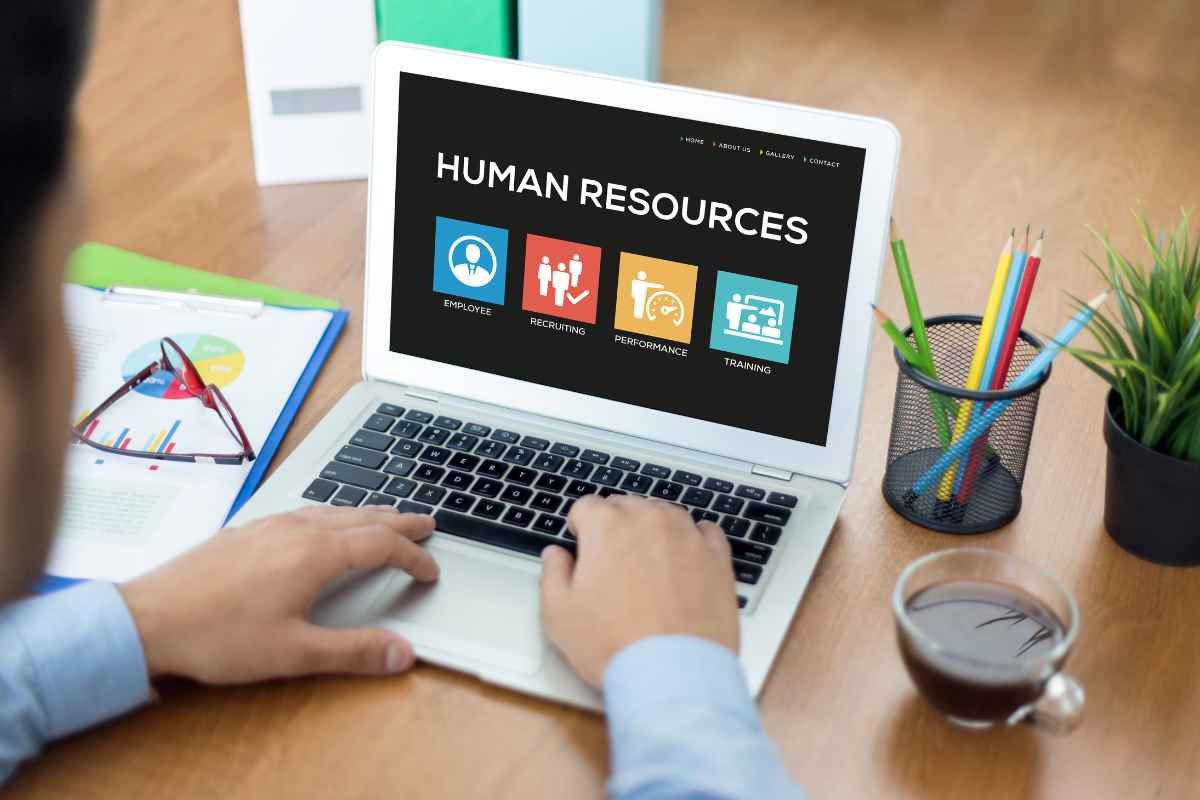Effective human resource management is crucial for organizational success. As companies grow and evolve, so do their HR needs. Finding the right human resource solutions can help streamline HR operations, improve efficiency, and enhance employee satisfaction. Here’s a comprehensive guide to the top human resource solutions you should consider for optimizing your HR functions in 2025.
Here Are the Top 10 Human Resource Solutions:
1. HR Management Systems (HRMS)
Why It’s Essential: HR Management Systems (HRMS) provide a centralized platform for managing all HR functions, from recruitment and onboarding to payroll and performance management. They help automate administrative tasks, reduce errors, and provide valuable insights through data analytics.
Key Features:
- Employee record management
- Payroll processing
- Benefits administration
- Performance tracking
- Data analytics and reporting
Top Picks: Workday, BambooHR, and ADP Workforce Now are leading HRMS solutions that offer comprehensive features tailored to various organizational needs.
Tips: Choose an HRMS that integrates well with your existing systems and is scalable to accommodate future growth.
2. Applicant Tracking Systems (ATS)
Why It’s Essential: Applicant Tracking Systems (ATS) streamline the recruitment process by automating job postings, candidate screening, and interview scheduling. They help HR teams efficiently manage the hiring pipeline and improve the quality of hires.
Key Features:
- Job posting and distribution
- Resume parsing and keyword matching
- Candidate tracking and communication
- Interview scheduling and feedback management
Top Picks: Lever, Greenhouse, and iCIMS are popular ATS solutions known for their user-friendly interfaces and robust features.
Tips: Look for an ATS that offers integration with job boards and social media platforms to expand your reach and attract top talent.
3. Employee Self-Service Portals
Why It’s Essential: Employee self-service portals empower employees to manage their personal information, benefits, and time off requests independently. This reduces the administrative burden on HR teams and enhances employee satisfaction.

Key Features:
- Personal information management
- Benefits enrollment and management
- Time off requests and approvals
- Access to payslips and tax documents
Top Picks: MyHR, Zenefits, and Paycor offer intuitive self-service portals that enhance employee engagement and streamline HR processes.
Tips: Ensure the portal is secure and user-friendly to encourage employees to utilize its features effectively.
4. Performance Management Systems
Why It’s Essential: Performance management systems help track and evaluate employee performance, set goals, and provide feedback. They facilitate continuous improvement and align individual performance with organizational objectives.
Key Features:
- Goal setting and tracking
- Performance reviews and feedback
- 360-degree feedback
- Employee development plans
Top Picks: Lattice, 15Five, and Culture Amp are leading performance management systems that support goal setting, feedback, and employee development.
Tips: Choose a system that integrates with your HRMS and offers customizable features to suit your organization’s performance management needs.
5. Learning and Development Platforms
Why It’s Essential: Learning and development platforms provide employees with access to training resources, courses, and development programs. Investing in employee development enhances skills, boosts engagement, and supports career growth.
Key Features:
- Course creation and management
- Learning paths and certifications
- Employee progress tracking
- Integration with performance management systems
Top Picks: LinkedIn Learning, Coursera for Business, and Udemy for Business offer extensive libraries of courses and training materials.
Tips: Select a platform that aligns with your organization’s learning objectives and provides a wide range of relevant content.
6. HR Analytics Tools
Why It’s Essential: HR analytics tools provide insights into various HR metrics, such as employee turnover, engagement, and recruitment effectiveness. They help HR professionals make data-driven decisions and improve overall HR strategies.

Key Features:
- Data visualization and reporting
- Predictive analytics and trend analysis
- Benchmarking and benchmarking
- Employee engagement surveys
Top Picks: Visier, Workday Analytics, and SAP SuccessFactors offer powerful analytics capabilities for monitoring and improving HR performance.
Tips: Look for analytics tools that integrate with your existing HR systems and provide actionable insights to guide your HR strategy.
7. Compensation Management Solutions
Why It’s Essential: Compensation management solutions help organizations design and manage competitive compensation packages. They ensure equitable pay structures and support salary benchmarking and budgeting.
Key Features:
- Salary benchmarking and market analysis
- Compensation planning and budgeting
- Bonus and incentive management
- Pay equity analysis
Top Picks: PayScale, CompTrak, and Salary.com are top compensation management solutions that offer comprehensive features for managing employee compensation.
Tips: Choose a solution that aligns with your compensation strategy and offers flexibility to adapt to changing market conditions.
8. Employee Engagement Platforms
Why It’s Essential: Employee engagement platforms measure and improve employee satisfaction and engagement. They provide tools for conducting surveys, gathering feedback, and implementing action plans to enhance workplace culture.
Key Features:
- Employee surveys and feedback tools
- Engagement analytics and reporting
- Recognition and reward programs
- Action planning and follow-up
Top Picks: Officevibe, TinyPulse, and Glint are popular platforms for measuring and improving employee engagement.
Tips: Regularly use engagement tools to gather feedback and address areas for improvement to foster a positive work environment.
9. HR Compliance Solutions
Why It’s Essential: HR compliance solutions help organizations adhere to labor laws and regulations, reducing the risk of legal issues and penalties. They provide tools for managing compliance documentation and tracking regulatory changes.
Key Features:
- Compliance tracking and reporting
- Document management and storage
- Regulatory updates and alerts
- Audit support
Top Picks: ComplyRight, Zenefits Compliance, and HR360 offer comprehensive compliance solutions for managing legal and regulatory requirements.
Tips: Stay updated on regulatory changes and ensure your compliance solution is flexible enough to adapt to evolving legal requirements.
10. Remote Work Solutions
Why It’s Essential: Remote work solutions facilitate effective communication and collaboration among remote and hybrid teams. They provide tools for managing remote employees, tracking productivity, and maintaining team cohesion.

Key Features:
- Video conferencing and communication tools
- Project management and collaboration platforms
- Time tracking and productivity monitoring
- Employee engagement and support
Top Picks: Slack, Microsoft Teams, and Asana are leading remote work solutions that support seamless collaboration and productivity for distributed teams.
Tips: Choose remote work tools that integrate with your existing systems and support your team’s unique needs and workflows.
Conclusion
Investing in the right human resource solutions can significantly enhance HR operations, improve employee satisfaction, and support organizational growth. From HR management systems and applicant tracking systems to performance management platforms and remote work solutions, each tool plays a crucial role in optimizing HR functions. By selecting and implementing these solutions effectively, you can streamline HR processes, foster a positive work environment, and drive overall business success. Explore these top HR solutions and find the ones that best align with your organization’s needs and objectives.










